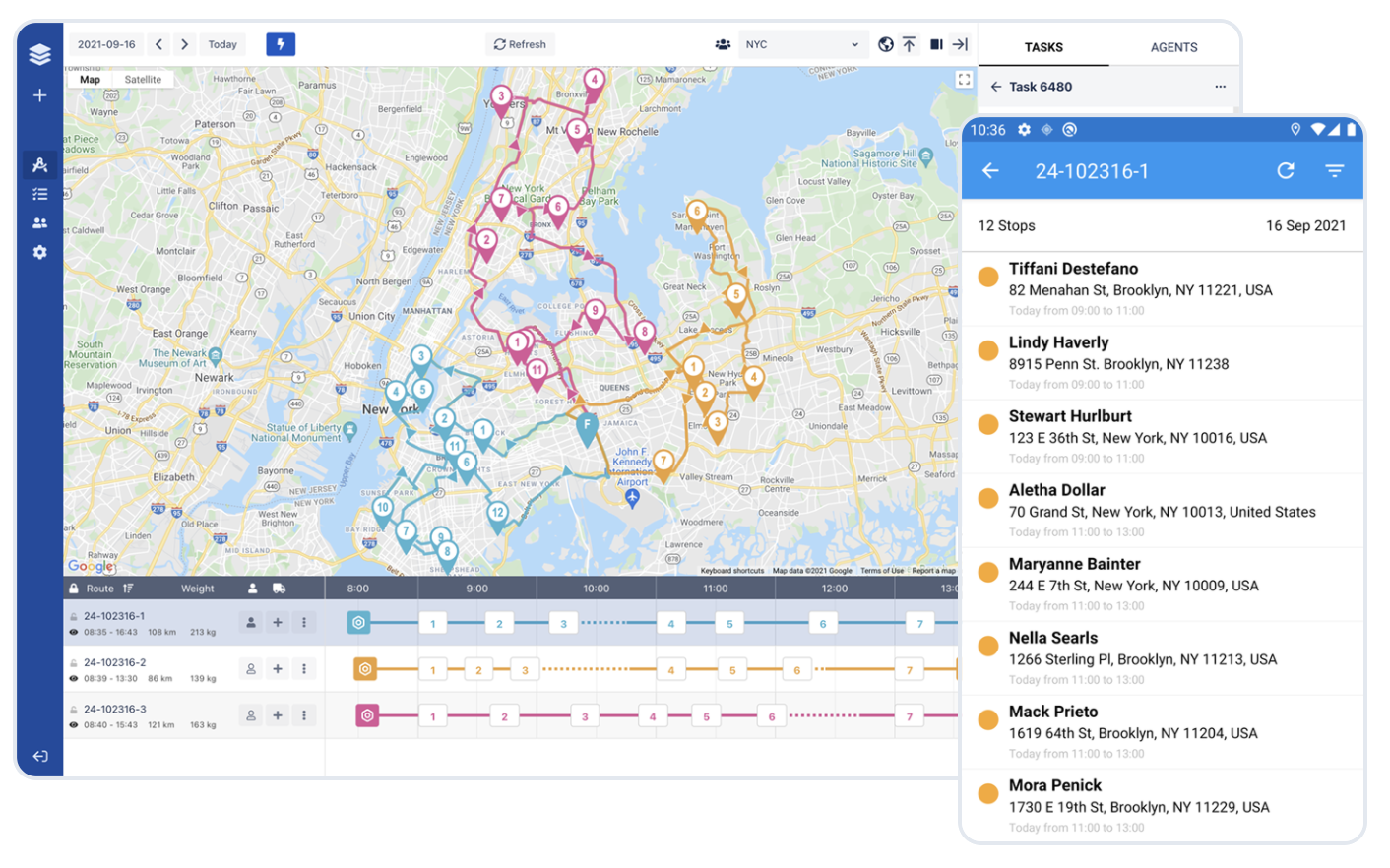Happy 2025 ✨ May your delivery operations be successful, profitable, and cost-efficient!
Here's your dose of curated tips, news, and know-how about last-mile delivery, route optimization, and e-commerce. 🚚
Enjoy!

2024 Holiday Shopping Stats: A New Record! 🏆
From growing BNPL popularity to increased total spend, the numbers below speak out loud that despite inflation and growing economic uncertainty, people keep spending money during holiday season.
Here are some global highlights:
- Global sales hit a new record of $1.2 trillion (3% YoY growth) but...
- ...consumers have already returned $122 billion in merchandise
- 60% of the global traffic during Black Friday was related to Electronics
- $842 billion in global sales were made on mobile
- Mobile orders grew from 67% in 2023 to 70% in 2024
...and some specifically from the US:
- US sales scored $282 billion (4% YoY growth)
- Online shopping grew by 6.7% from last year (for the period Nov 1 - Dec 24)
- In-store sales in the grew by 2.9% (same period)
- Cyber Monday scored a record by making $13.3 billion in online sales, which is by far the most successful day in the US e-commerce history
- $195 billion in US sales were made on mobile
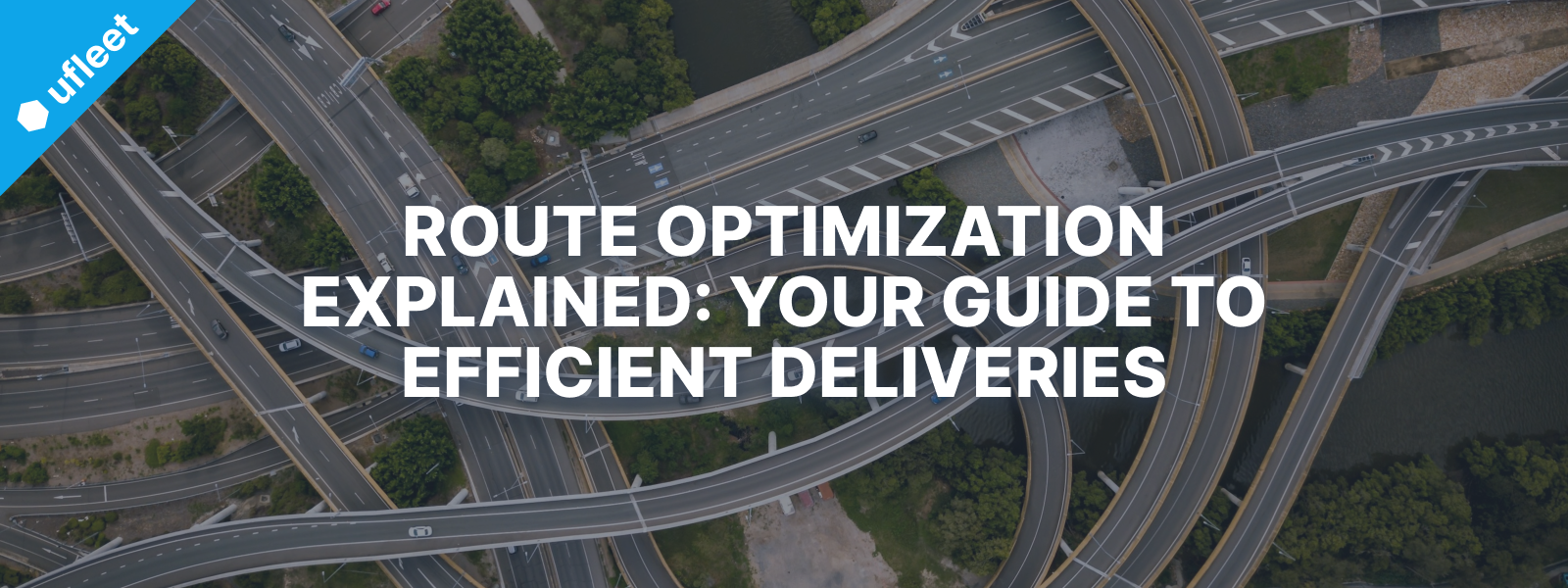
Route Optimization Explained: Your Guide to Efficient Deliveries
Route optimization started in the mid-20th century with a key problem known as the Traveling Salesman Problem. Think of it this way:
You're a salesperson who needs to visit several cities and return home, and you want to travel the shortest distance possible. What makes it mind-blowing is the math behind it because:
- 1 delivery stop results in 1 possible route
- 3 delivery stops result in 6 possible routes
- 5 delivery stops result in 120 possible routes
- 10 delivery stops: Over 3.6 million possible routes!
Now imagine the number of routes for a retailer that makes 1000 deliveries a day and optimizes not only for distance but also for weight and no left turns...
Modern technology uses various mathematical algorithms to solve this challenge. Each of them has its characteristics. For example:
- Shortest path algorithms (here, only distance matters)
- Exact algorithms (they take into account multiple factors; precision is high but calculations might be extreeeeeemely slow)
- Heuristic algorithms (these produce near-optimal results but need seconds to calculate which makes them the most applicable)
If you're willing to learn the nitty-gritty of route optimization, click on the button below. Or drop us an email - it would be our pleasure to discuss route optimization with you over a virtual coffee.
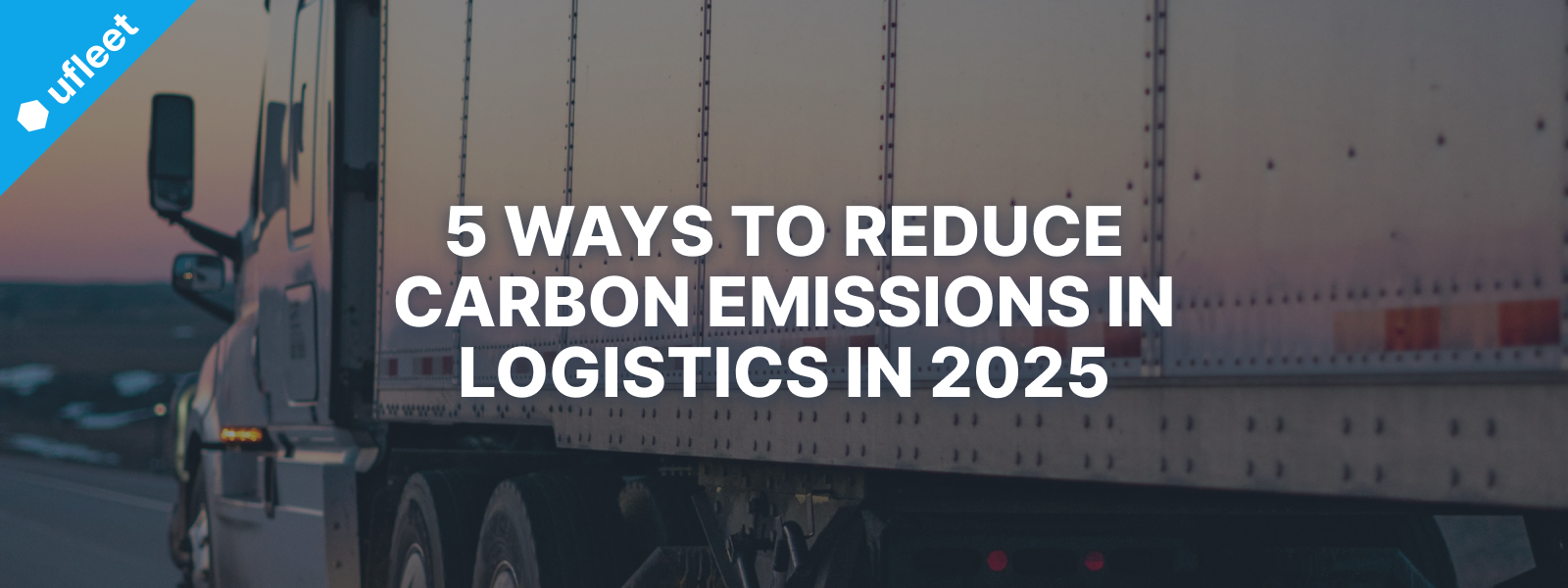
5 Ways to Reduce Carbon Emissions in Logistics in 2025
The logistics sector is facing scrutiny over its carbon emissions resulting in growing pressure towards eco-friendly operations. While the regulations in the EU are currently harsher than in the US, the shift toward sustainable logistics exists in every market.
Here are a few ideas on how to reduce carbon emissions in 2025 and beyond:
- Electric vehicles: EVs have the potential to reduce last mile carbon emissions by up to 50% by 2030. In addition, there are tons of government incentives and subsidies that encourage the adoption of EVs.
- Delivery drones and robots: Compared to cars and vans, drones produce 25% less carbon emissions. They can also reduce total cost by 22% and shorten delivery time by 21%.
- Delivery route optimization: Less mileage leads to fewer CO2 emissions, less vehicle wear and tear, better optimization of space (which leads to fewer trips), and many more.
- Alternative fuels: Examples of alternative fuels include biofuels, synthetic fuels, and hydrogen power. Alternatives are not yet fully integrated into the transportation industry and possess certain limitations, but their popularity is growing.
- Encourage customers to choose sustainable delivery options such as delivery during off-peak hours, in-store pick-up, smart delivery lockers, etc.
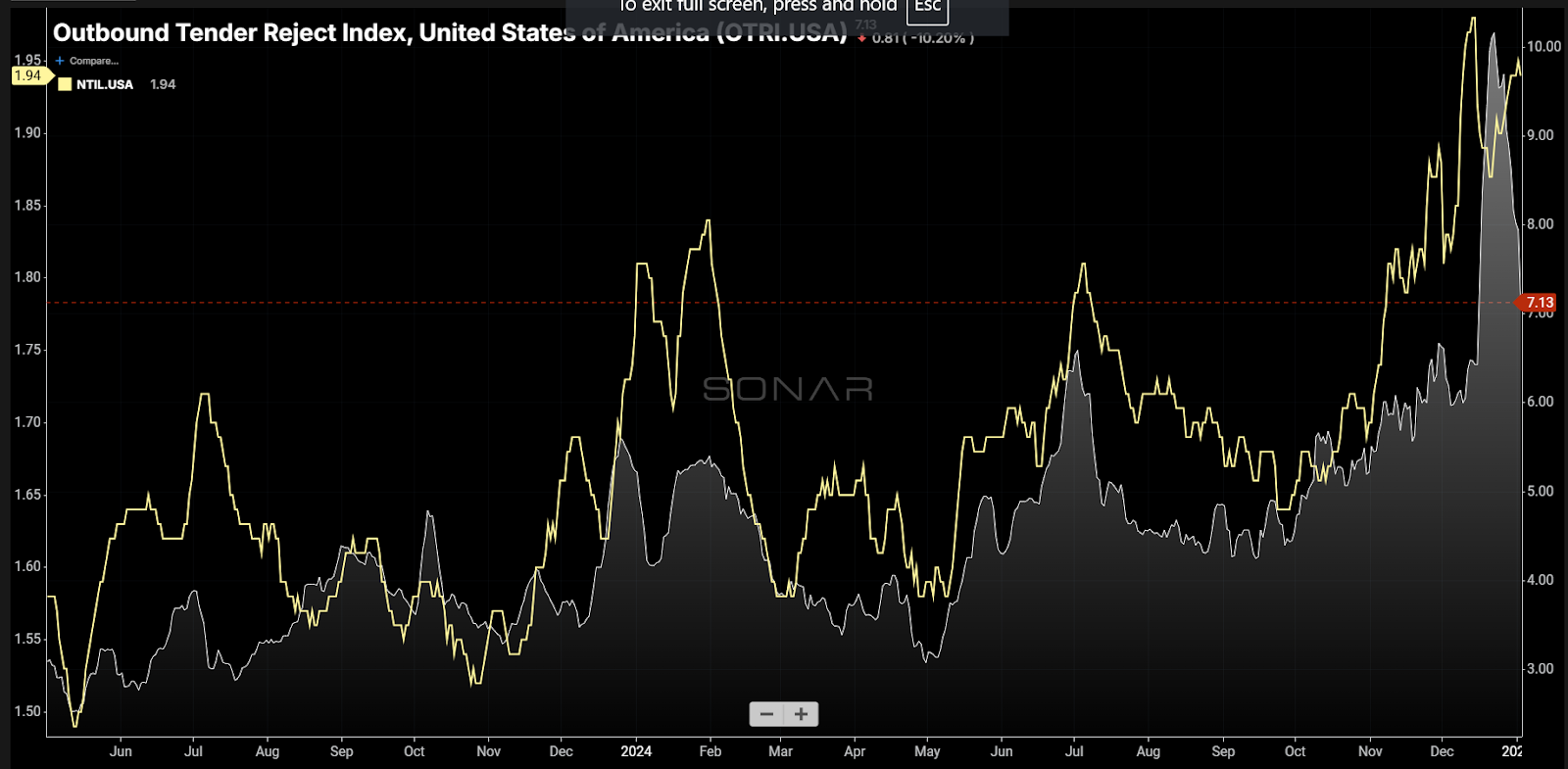
Rejection rates hit highest level since 2022 – but could have been higher
The national OTRI, which is the rate at which truckload carriers turn down requests from customers to move their freight, pushed over 10% for the first time since April 2022 during the Christmas holiday. Spot rates also peaked nearly 10% higher than in 2023.
While this is further evidence that enough capacity has come out of the market to make it noticeably more uncomfortable for shippers, it could be much worse from a transportation management perspective. Learn why here.
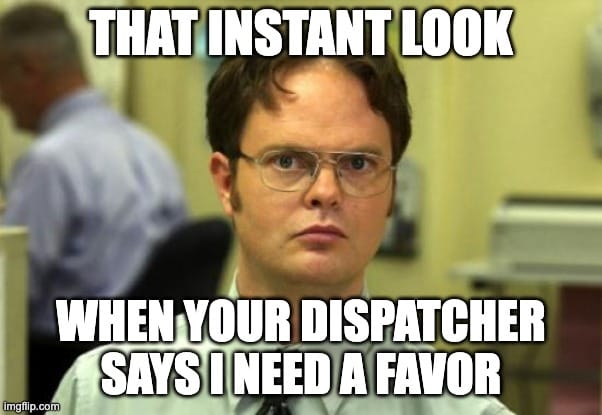
Aww, you've stayed with us til the end! Thanks for reading!
How was it? Let us know by tapping the 👍 or 👎 below.
It will only take 3 seconds! Curating and creating this content took our team hours and we'd love to know if we should keep going.
Thanks! ❤️
Never miss a post
You may also like…
You too can reduce costs and improve efficiency with Ufleet
- plan and optimize delivery routes
- manage and empower drivers
- enhance customer experience
- make data-driven business decisions
We’d love to learn about your challenges.
Leave your email and we’ll get back to you.
